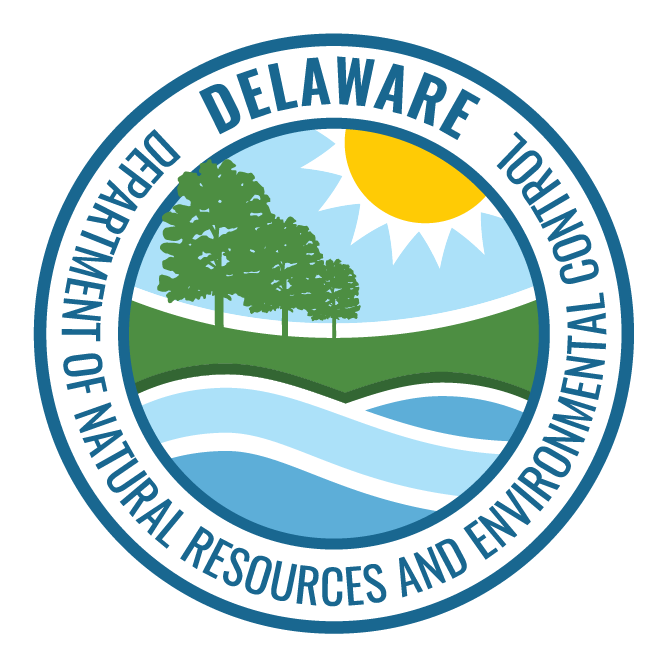Pages Tagged With: "health"
Breathing Easier – Delaware’s Air Quality Monitoring Network
The first week of May marks the beginning of Air Quality Awareness Week. DNREC ‘s Air Quality Monitoring Stations, located throughout the state, are helping us breathe easier.Delaware Wetland Restoration Strategies
Wetlands across the state of Delaware face many challenges. However, there are opportunities to combat specific issues and to restore and protect Delaware’s wetland resources. The DNREC Wetland Monitoring and Assessment Program is developing strategies, specific to Delaware’s different watersheds, to identify and pursue those opportunities. The wetland restoration strategies will help guide stateTick-Tock – The Ticks are Waiting…
By Dr. Ashley Kennedy Last April, returning home after a day of work outdoors, I loosened my hair out of my ponytail and felt a familiar but unwelcome bump on my scalp. Based on the size and location, I immediately guessed what it could be – an adult American dog tick whichPFAS – Fighting Forever Chemicals in Delaware
By Todd Keyser Beginning in the 1970s, firefighters used a special foam to put out jet fuel fires at Dover Air Force Base (DAFB). That foam figured prominently in 2006, when a C-5 cargo plane crashed just short of a runway after developing problems during takeoff. Fortunately, all 17 onboard survived the crash. ButGood Eats from Nature’s Bounty
Looking for something different on your plate? We asked DNREC folks to share their most wildly delicious recipes for harvested game.Delaware Hunters Against Hunger – A Season for Giving
The Delaware Sportsmen Against Hunger program is once again providing venison to people in need, an annual tradition during the holidays.Salt in Our Water — Saltwater Intrusion and Inundation in Delaware
“Ghost forests.” Salty-tasting well water. Saltwater intrusion is a growing issue in Delaware due to sea level rise and climate change. Here’s what DNREC is doing about it.How to Stay Safe on the Water
Delaware’s waterways are packed with boat traffic this summer. Here are some tips and requirements you need to know to stay safe and enjoy your nautical adventures in the First State.Snakes to Watch Out For
There are 19 species of snakes slithering around Delaware. Which ones should you watch out for and what are the best ways to avoid them?How to Prevent Backyard Mosquitos
zzzzz … slap. Sound familiar? The whine of buzzing mosquitoes followed by swats is a tell-tale sign of summer in Delaware. There’s plenty you can do in your backyard to reduce populations of these pests. Our Mosquito Control Section has tips to share, along with the mosquitos to watch out for.The Transformers
You may not have heard about them, but there are brownfields all over Delaware. They’re neither pretty nor healthy. That is, until we step in to clean them up and make way for redevelopment.More Than a Drink of WATAR
Safer water for us, less flooding and shad returning to their spawning grounds in the Brandywine River. Our WATAR team is making it happen.Library: Wetland Health Reports
A collection of wetland health reports from the DNREC Watershed Assessment Section. Wetland Publications LibraryWetland Monitoring and Assessment
By understanding the health of our wetlands, we also can better understand how to restore them and protect them from actions that cause damage..Contact Us
Alison Rogerson Delaware Wetlands 302-739-9939




